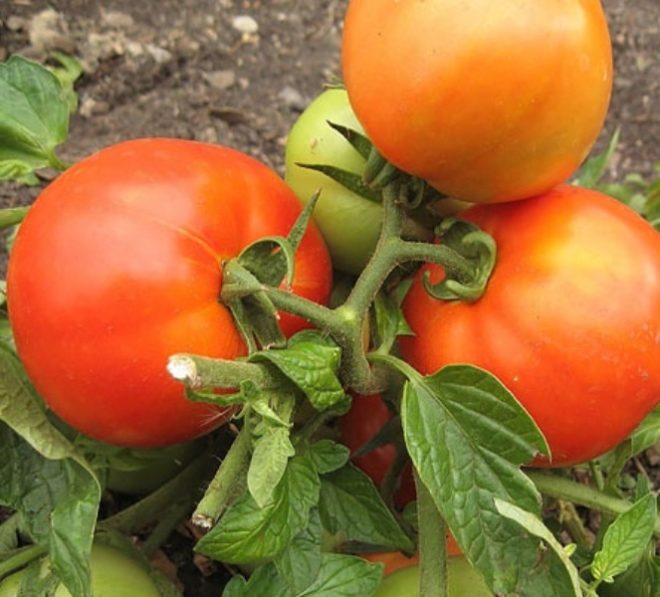 Tomato Bulat is a real find for those who love neat beds and a plentiful harvest. Low bushes with colorful greens, lots of fruits, rich in vitamins and minerals will not only please you and your family in the summer, but also on cold winter evenings.
Tomato Bulat is a real find for those who love neat beds and a plentiful harvest. Low bushes with colorful greens, lots of fruits, rich in vitamins and minerals will not only please you and your family in the summer, but also on cold winter evenings.
Content
Grade description
The main distinguishing features are:
- average height of the bush: as a rule, does not exceed 1 meter;
- short ripening: not more than 90 days;
- determinism;
- relatively average foliage;
- light green leaves;
- leaf shape - typical for nightshade;
- simple brush and simple inflorescence;
- in ovary no more than 6 fruits;
- rounded shape of the fruit;
- high density of tomatoes;
- glossiness and smoothness of the surface .;
- the weight of the tomato does not exceed 120 gr.
The main purpose
Tomato Bulat - a universal grade. It can be used both in canning and in the manufacture of tomato juice. Suitable for freezing, which increases the concentration of beneficial vitamins, as well as adding to salads and, of course, eating fresh.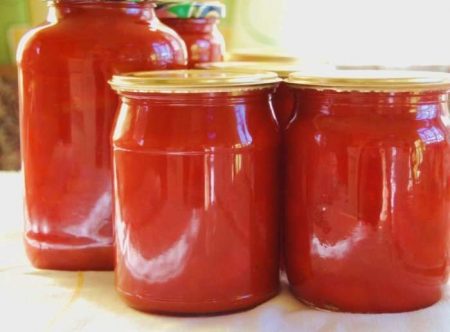
Productivity
Despite such a small size and speed of fruit formation, the yield is really amazing. From one bush you can collect up to 8 tomatoes, and from one square meter up to 15 kilograms.
In which regions can Bulat tomato be grown?
It is cultivated in all regions of the country. Only the requirements for cultivation are different.
Landing
Both seedlings and seedlings are suitable for this variety. The latter is suitable for regions with warm climatic conditions, for example, in the south of the country in the Krasnodar Territory.
Seedling method:
In the central part of the country, seedlings can be grown in early to mid-March. And in the open ground - in early May.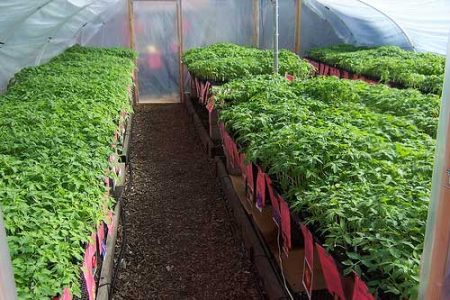
It is used most often, suitable for greenhouses and open ground. Before you begin preparing seeds for planting, you must:
- pour seeds into a glass;
- fill it with water;
- add a teaspoon of salt;
- mix;
- after 20 minutes, all unsuitable material will emerge and will need to be disposed of.
Further actions to your choice. If you want to speed up the emergence of seedlings, then soak the seeds in the growth activator for a few minutes or place them in wet gauze for a few days.
If time does not rush you, you can immediately start planting in pots.
Pots are best to choose either peat or humus-earthen pouches. Such devices will not only act as fertilizers, but also will not damage the roots when transplanted into the ground. After all, they, along with seedlings, are placed in the ground, and after completely dissolve without harming the plant.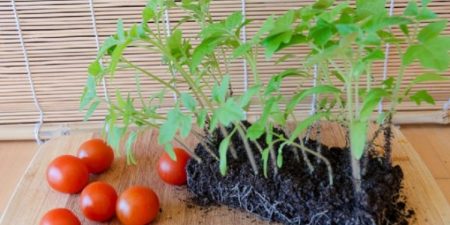
When planting, deepen the seeds. Depth is not more than 1 cm, and between grooves (mini-holes) - not more than 2 cm.
To create greenhouse conditions, cover the pots with foil.
Continue to monitor soil moisture.If necessary, water, but very carefully: you can not let the seeds emerge from the abundance of water.
As soon as the first leaf appears on the surface - remove the film otherwise the seedlings may burn.
There is 4 leaflet? Begin to dive seedlings and divide it into different pots. How to do it right? In order for the seedlings not to lose in growth, but to become stronger in the root system, immerse the sprout in the ground to the first leaves. The distance between them and the ground in the pot should be no more than 1 cm. After a few days, you will notice an obvious strengthening of the leaf and the active formation of new ones.
- the temperature in the room should not fall below +25 degrees;
- the soil should not dry out or be excessively waterlogged;
- temper seedlings by airing for removal to the street.
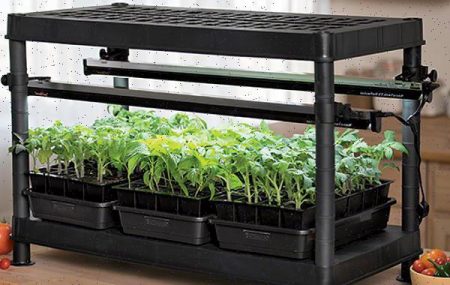
After 14-17 days after a dive, fertilize, for example, with a nitroammophos, all seedlings. To do this, dissolve half a spoonful of fertilizer in five liters of water. On one seedling no more - 100 ml. After 14 days, repeat the procedure.
Growing
Tomato Bulat can be transplanted into the open ground after 50-60 days. Pre-enrich the earth with useful substances. and seedlings in pots on the day of transplantation, pour plenty of water.
Classic landing pattern:
- the distance between the holes is not more than 30 cm;
- the distance between the rows is not more than 50 cm.
Immerse the sprouts in the ground so that the distance between its lower leaves and the ground does not exceed 0.5 cm. After - pour plenty of water.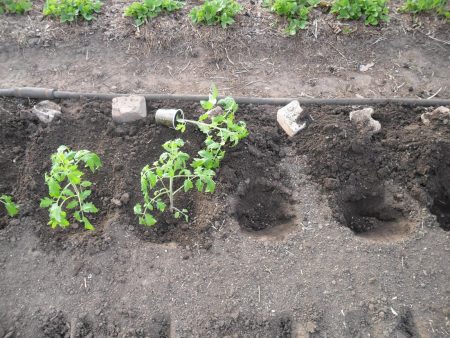
Reckless way
It is considered the most risky, as the number of seedlings can be reduced due to insufficient seed availability and difficulties encountered during planting. But for Bulat tomato it is often used, mainly in regions with a southern climate, since the soil warms up faster and deeper.
in order to be sure that the land is ready for planting, it is necessary to measure the average daily temperature during the week, and the temperature of the soil should not drop below +12 degrees.
It is better to drink the soil for the seedlingless method in the fall. So nutrients penetrate the deep layers in the best way and it will be easier to germinate the seeds.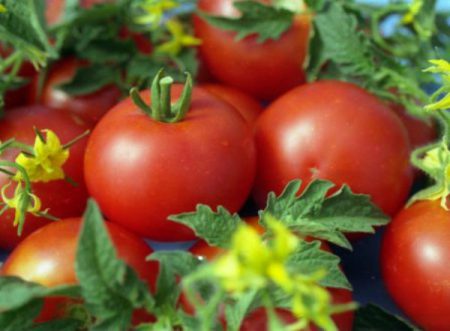
Seeds before planting are best selected. To detect empty:
- pour into a glass of water;
- add salt;
- mix;
- leave for 20 minutes;
- after a period of time - all pop-ups can be thrown away: they are empty and will not be able to germinate.
Next, the seeds must be put in wet gauze for a day and moistened in accelerate growth.
Planting and growing
The next day after soaking, it is necessary to prepare the wells. Landing pattern:
- the distance between the holes is not more than 30 cm;
- the distance between the rows is not more than 50 cm.
Before planting, be sure to water the bed with settling water. In each hole - one seed. Sprinkle with earth and water again. IMPORTANT! Cover each well with foil for planting - this will help create greenhouse conditions and accelerate seed germination. As soon as the first leaves appear, urgently remove the film. Otherwise, the plant will die.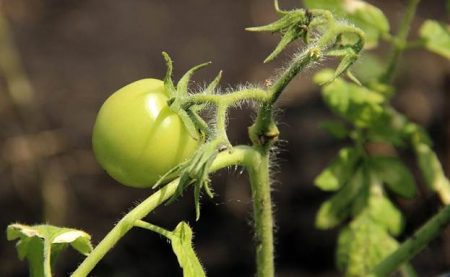
Care for tomato Bulat
The same for both seedlings and seedlings for growing.
Watering
Water tomato bushes strictly - 1 time per week. In no case should the water be cool. Water strictly under the root. Water entering the fowl can be a welcome development of fungal diseases.
Loosening
Loosening and hilling preferably after each watering. This will not only help enrich the root system, make it stronger, but will also act as a prevention of weed germination.
Weed grass
There is an opinion that weeds cannot be removed under tomato bushes. Allegedly, this will protect against burnout in the sun and the occurrence of diseases. This is fiction. Bushes should be cleaned of weeds: they only impede normal development, and pests there feel at home. Also, they deliver a lot of inconvenience when processing from diseases, and harvesting is delayed.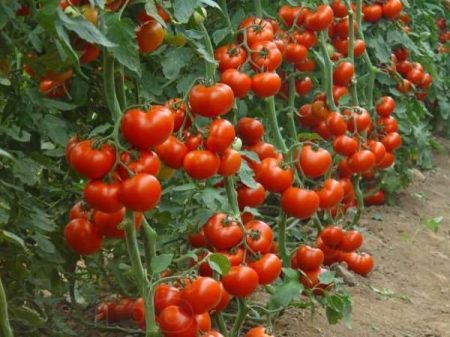
Ventilation
If you decide to plant your tomato in a greenhouse, then do not forget to air it once a day and be sure to monitor the temperature inside. High humidity and temperature can lead to the development of fungal diseases and the death of all seedlings.
It is very important to feed Bulat tomato in a timely manner. This must be done in three stages:
Stage number 1
A week after planting in open ground (for seedlings), for seedling-it is worth focusing on the first leaves: as soon as they are formed, you can feed. Give preference to complex fertilizers, such as nitroammofoske.
Stage number 2
Top dressing during the flowering period helps to gain strength for the formation of fruits. Here you need to give preference to fertilizer with a high content of potassium. But you can still use fertilizer for the first stage.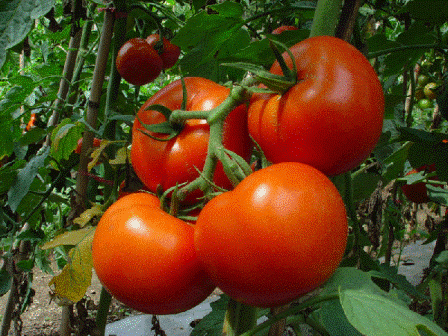
Stage number 3
The latter is carried out during the formation of tomatoes. Here, again, it is possible to fertilize with nitroammophos or dilute a few drops of iodine in a bucket of water and stir well. For 4 bushes one bucket is enough.
When watering, be careful not to injure the bushes.
Resistance to disease and adverse conditions
The variety has a stable immunity and practically does not get sick during the ripening process.
But if mistakes were made by the gardener (transfusion, high humidity), then this can lead to the development of:
- late blight
How to identify? A white coating appears on the back of the sheet. Leaves begin to curl and become covered with brown spots. Tomatoes are also covered with brown spots. outwardly resembling putrefactive.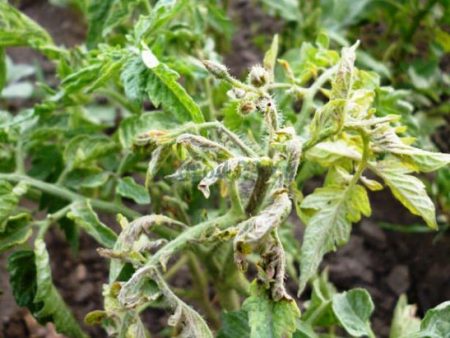
How to fight? If the bush is sick, no chemicals and folk remedies can help. It must be removed from the site, and the land must be cultivated and dug up. It is advisable to replace with a new layer, at least in the area of the infected hole. It is also forbidden to use as tops.
Prevention: ventilation of the greenhouse. timely watering, chemical treatment.
- spider mite
How to identify? The appearance on the bushes of a web that literally covers the entire bushes. The easiest to detect in the daytime with high solar activity. Tomatoes outwardly resemble completely juicy fruits, as if someone pumped out juice from them.
Where to hide? On the underside of a leaf, under fallen leaves or lumps of earth under a bush.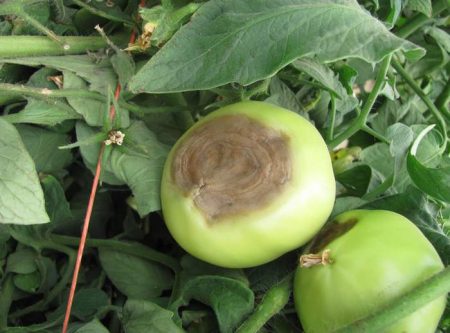
How to fight? Long and hard, so mite eggs, even after processing, can be stored for more than 5 years. One of the easy ways. water the bush liberally from crown to root with water and cover tightly with a bag. the plant will not suffer, and the tick will die from high humidity. Suitable spraying with sulfur and phosphorus preparations
- the little bears
How to identify? Pay attention to the appearance of the bush - it is heeled, outwardly very weak and as if dried up. Individuals (no more than 10 cm, brown with powerful paws) and larvae (brownish in color, resemble worms) are dangerous and eat up roots together.
How to fight? Do not feed the soil with mullein. Marigolds are planted along the perimeter of the garden - they are unpleasant for the bears. Loosen the soil as often as possible. Also use chemicals, but only until flowers appear. If you choose granular products, be sure to bury them in the ground. So the bears get to them faster and die.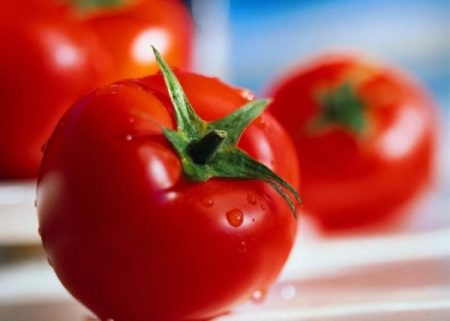
Grade Benefits
- ultra-short ripening period;
- good keeping quality and portability;
- subject to all conditions, is not subject to the scourge of disease and pests;
- it tastes good and is suitable for canning, freezing and fresh consumption;
- do not need to be tied up;
- can be grown in various ways.
disadvantages
- demanding in care.
Reviews of those who planted
Valentine
I’ve been growing tomato Bulat for several seasons in a row. Harvesting a lot, does not get sick with anything - what is needed for canning. That season was distinguished by night frosts. I was very afraid that Bulat would not be able to germinate and die from temperature extremes. But he did not even feel the change of weather. So I recommend the regions with changeable weather and recommend covering the bushes at night, for example, with a five-liter plastic.
Igor
There was not enough time to grow seedlings. I heard that this variety can also be obtained from the seeds - I did not believe it, but there was no choice - my mother-in-law required tomatoes for the rolls. He placed unprepared seeds directly in the ground and prepared to wait. exactly 90 days later - the first tomatoes appeared. Glad madly. Unless the next time I plant the seeds right away, I’ll pre-soak it in the growth accelerator, so that’s for sure.




 Low-growing tomatoes, without pinching: 5 of the most delicious varieties
Low-growing tomatoes, without pinching: 5 of the most delicious varieties Why tomato seedlings grow poorly
Why tomato seedlings grow poorly We grow a tomato in a shell
We grow a tomato in a shell Growing tomatoes without watering according to the method of Kazarin
Growing tomatoes without watering according to the method of Kazarin